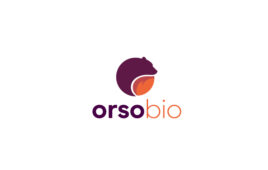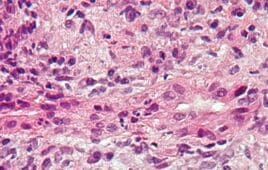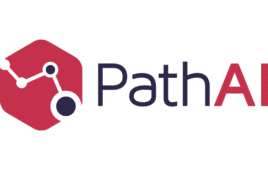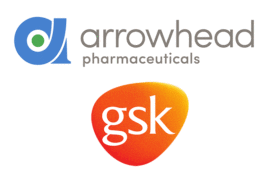
[Adobe Stock]
Picturing tirzepatide’s NASH resolution in a phase 2 study
The bar graph below depicts the proportion of participants showing no worsening of liver fibrosis at 52 weeks with varying doses of tirzepatide compared to a placebo in the SYNERGY-NASH phase 2 study. See page 17 here for the data source.
Semaglutide and other therapies also have shown promise
In a study published in the World Journal of Gastroenterology, semaglutide showed a significant improvement in resolving NASH without worsening liver fibrosis, achieving a 41.6% efficacy rate compared to 18.3% with placebo, based on findings from 301 participants in two randomized controlled trials.
Meanwhile, a potential tirzepatide competitor efruxifermin from Akero showed promising results in a phase 2a trial for NASH. The bivalent Fc-FGF21 analog efruxifermin showed significant reductions in hepatic fat fraction (HFF), with a relative decrease ranging from 63.2% to 72.3% in various dosage groups. Meanwhile, the placebo group saw negligible changes.
Earlier data have shown GLP-1 receptor agonists such as liraglutide and semaglutide to curb liver fat, inflammation, and injury markers in NASH patients. In addition to supporting health through weight loss, GLP-1 drugs may reduce liver lipotoxicity and inhibit liver fibrosis.
In addition, Viking Therapeutics is developing VK2809, a novel thyroid hormone receptor beta agonist, for NASH. Phase 2 trial results have shown promising efficacy in reducing liver fat content and improving lipid profiles.
Prevalence and growth of NASH market
Nonalcoholic fatty liver disease (NAFLD) is on the rise in much of the world. The estimated global prevalence of NAFLD among adults is 32%, according to a recent review in Clinical and Molecular Hepatology with roughly 40% of males affected. Of those with NAFLD, estimates suggest about one of five people have a more advanced form of the disease known as nonalcoholic steatohepatitis (NASH). That equates to a NASH prevalence of about 5% of the U.S. population, according to the American Liver Foundation.
The annual growth rate of the NASH treatment market could be in the ballpark of 60% from 2023 to 2030, predicted Vantage Market Research. The firm projects the segment to be worth $108.4 billion globally by 2030.
With tirzepatide already a hot seller, a NASH indication could drive significantly more revenue for the therapy.
Stock market reactions to NASH news
Lilly’s stock fell about 1% in mid-day trading to around $700 per share after announcing the news in its Q4 earnings. Meanwhile, some companies focused on NASH tended to see steeper drops. Madrigal Pharmaceuticals, which is developing resmetirom primarily for NASH resolution in some patients without cirrhosis, saw its stock dip by about 15% to around $193 per share. 89Bio, which is developing pegozafermin, an investigational glycopegylated FGF21 analog for NASH, saw its stock fall about 16% to $8.21.
AbbVie, which was developing cenicriviroc (CVC) for liver fibrosis in patients with NASH, encountered a snag with its phase 3 AURORA study, failing to demonstrate efficacy in treating liver fibrosis. An article published in Clinical Gastroenterology and Hepatology noted that CVC did not show efficacy for treating liver fibrosis assessed by histology in adults with NASH.
Filed Under: clinical trials, Drug Discovery, Gastroenterology, Hepatology



